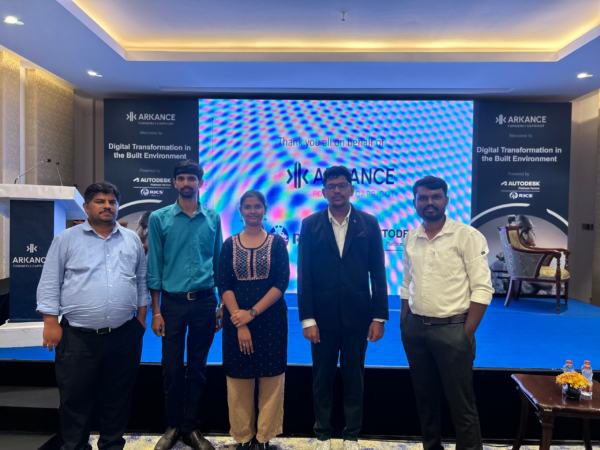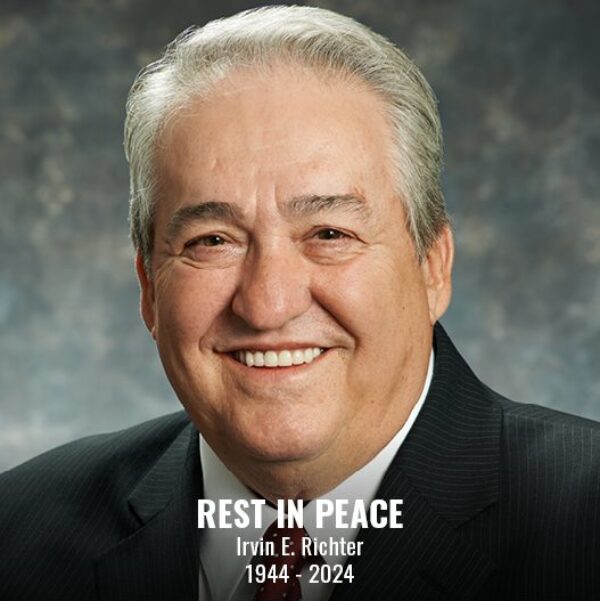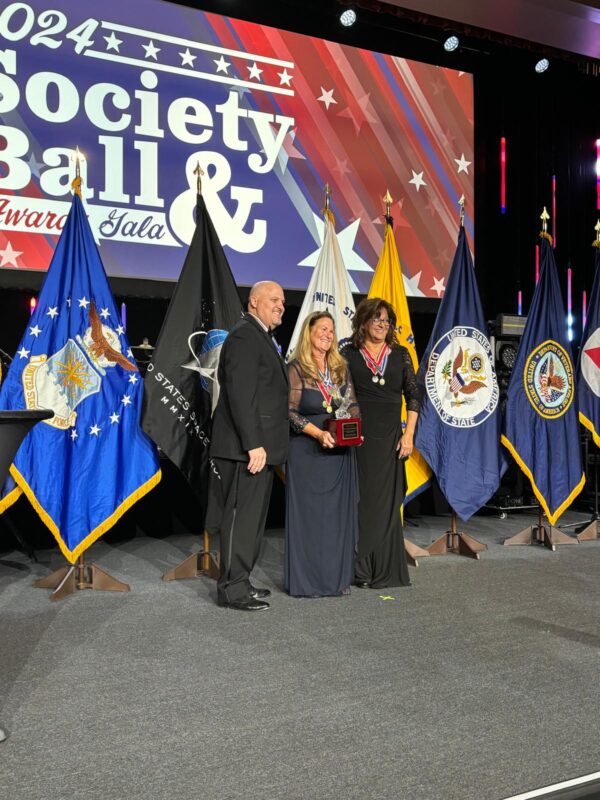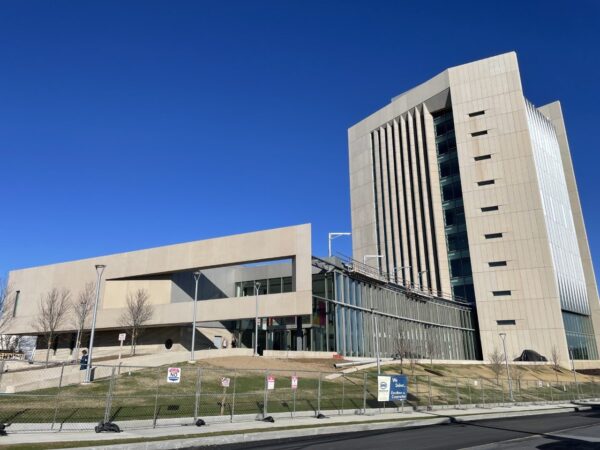
July 15, 2024 | Articles
Construction’s Digital Transformation & The Tools of Modern Project Management

As part of Hill International’s commitment to the aviation market, we are very excited to welcome G. Anderson “Andy” Wilson to the team as a Director of Aviation. Applying his background in master planning, facility development, operations, and program development, Andy will work with our airport clients on project planning and program management assignments. Andy’s 30+ years of experience working for airports, airlines and consultant firms give him a well-rounded perspective on how to address a multitude of issues facing airports. With the unprecedented disruption to airports happening today as a result challenges arising from COVID-19, that insight is more valuable than ever.
“During this unprecedented time, our airport clients can benefit from Hill’s independent look at their planned and on-going projects to determine how they will be impacted by the systematic restart of commercial aviation,” Andy says. “Airports might have unexpected opportunities to advance critical projects and strategically defer others, while taking advantage of federal funding, such as CARES Act monies; greater availability of contractors due to stalled projects in other markets; and reduced levels of airfield operations, making airside construction more accessible.”
Andy is working with airports on identifying and resolving federal grant issues, which have become more complicated with recent stimulus funds. “Many FAA funded projects have grant deadlines and some on-going projects are utilizing obligated AIP funds with required completion by the close of this fiscal year.” Airports will need to communicate with the FAA about maintaining compliance with obligated funds, and if any individual project action results in a potential “deferral”.
He brings particularly applicable experience from his tenure as the Chief Development Officer for Aerostar Airport Holdings, LLC. Aerostar was the concession operator of the first privatized airport in the United States system of airports, Luis Munoz Marin International Airport (SJU) in San Juan, Puerto Rico. Andy managed and implemented the full transition and redevelopment process related to the planning, design, construction, commissioning, start-up and delivery of renovated and reconstructed elements of the passenger terminal complex.
“Aerostar took over the airport from government of Puerto Rico, and basically had to stand up the airport operation under a new business model from day one. This required analyzing staffing, job descriptions, and the total airport operating environment and the definition and establishment of new lines of communication with employees, existing stakeholders and regulatory agencies.” Andy sees opportunities to apply this experience as airports reopen to full commercial air traffic. “Restarting an airport requires more than the just the existing staff to run it. Reactivation may require interim, supplemental staffing changes which can require expedited hiring and on-boarding. Retraining may be needed for all airport employees in the post COVID-19 environment. From the facilities side, concourses that have not been used for many weeks will need to be inspected, assessed and affirmed for restart.”
The SJU team used video analytics to identify and subsequently manage passengers within the airport environment, specifically, identifying expected passenger surges across the terminal building, allowing supervisors to quickly resolve congestion issues by directing operations personnel to intervene in the ticketing lobby or screening queue; or by supporting gate agents and retail cashiers to accommodate peaks of passenger demand.
As airports reevaluate the flow of passengers, Andy sees opportunities to apply technology to support the ability identify and manage areas of passenger density. “Unlike other disruptive events in aviation, the population will not experience their fear of flying based upon the safety of the airport or aircraft,” he says. “The near term concern will be about the stranger next to them. Video systems such as the one in San Juan may be part of the solution.”
We do not yet know the long-term changes to airports resulting from the virus, but physical alterations are very possible. There may be increased dimensional requirements for departure lounges, security queues, and baggage claims to accommodate additional separation between passengers. Any change in a terminal’s configuration affects an airport’s careful balance of operations, passenger comfort and revenue. For example, how might spacing changes drive differences in food services and retail at airports?
The ways in which near-term needs vs long-term economic requirements has yet to be determined. Airports, airlines and the nation will need to collaborate to strategize on restarting this critical component of the global economy. And as they do, Andy, and Hill’s aviation team, will be there to support them.
“No one knows what the future will bring,” Andy says. “The aviation industry has to use foresight but at the same time be flexible. I’m excited to be a part of the Hill team to make that happen for our airport partners.”
Share

July 15, 2024 | Articles
Construction’s Digital Transformation & The Tools of Modern Project Management

July 10, 2024 | Articles
GC/CM at Post Falls: Managing Avista’s North Channel Dam Rehabilitation Project

June 23, 2024 | Articles
Irv Richter – An Innovator, A Pioneer, A Leader (1944 – 2024)

June 14, 2024 | Articles
Environment of Care Standards – Meeting the Challenge (Part Two)

June 13, 2024 | Articles
PMO for Public Transit Project Success: The Reopening of Philadelphia’s Franklin Square Station

June 7, 2024 | Articles

May 17, 2024 | Articles
Hill Interim Federal Market Sector Leader Jane Penny Receives Golden Eagle Award

April 11, 2024 | Articles
A Model Move: Managing Move-In at the Sylvia H. Rambo U.S. Courthouse